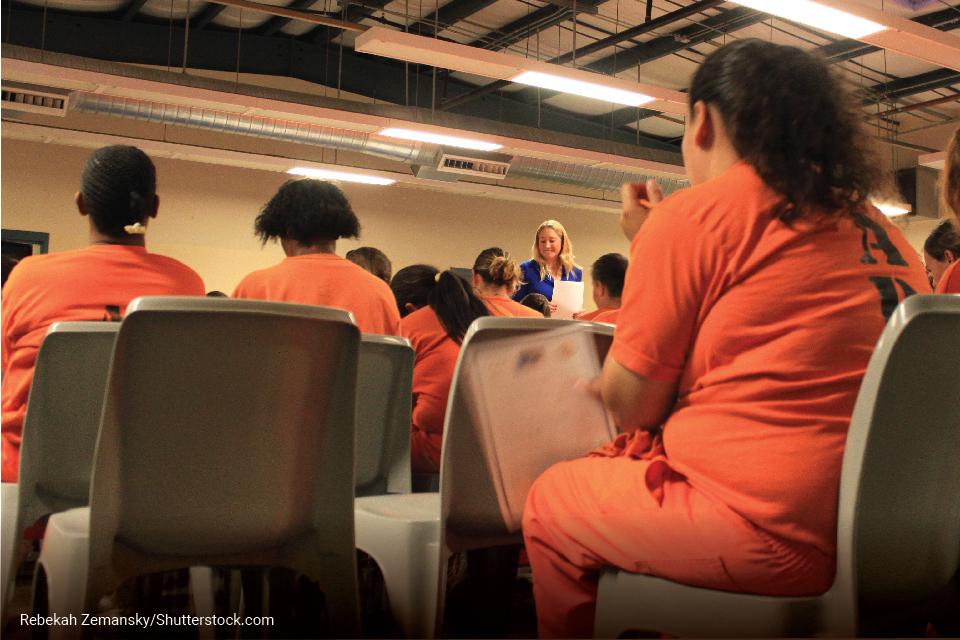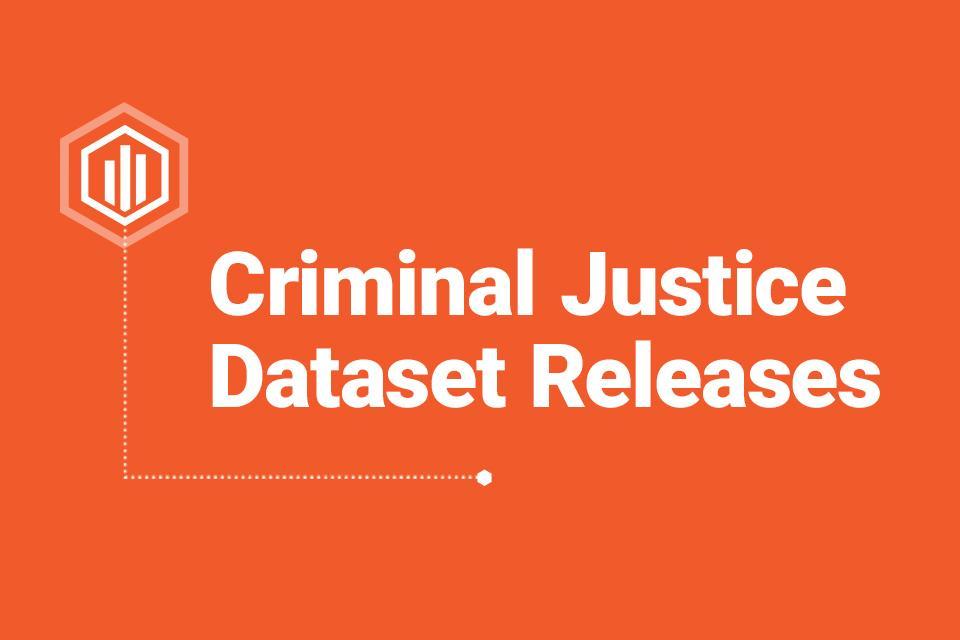Five Things About Women and Reentry
Nearly 2 million women are released from prison or jail every year. These women experience unique challenges during their reentry, but correctional programming to support successful reintegration has largely focused on men. Take a look at five things that NIJ-supported research has found about women’s reentry from incarceration.
Reviewing Reentry Failure as a Sentinel Event
A new report discusses the application of the sentinel event review process to the Successful Transition and Reentry Together (START) program in the Eastern District of Wisconsin, the first sentinel review in the federal criminal justice system. Reviewers took reentry failure and “near misses” as their sentinel event.
Rehabilitation and Reintegration of Violent Extremists
Research and practitioners’ experiences provide valuable insight into working with violent extremists and meeting their specialized needs. A new NIJ Journal article describes how these insights can help us overcome gaps in the system by offering holistic, evidence-based strategies to foster the successful rehabilitation and reintegration of violent extremists into society.
Term of the Month - Wrongful Convictions
Wrongful convictions occur when innocent people are convicted of crimes committed by others or are found guilty even though a crime was not committed. Research estimates suggest the wrongful conviction rate in the United States is less than 5%.
Criminal Justice Data Archives
The National Archive of Criminal Justice Data archives data on crime and justice and contains data from over 2,700 curated studies or statistical data series. The website is home to several large-scale datasets, including the National Crime Victimization Survey, FBI's Uniform Crime Reports and National Incident-Based Reporting System, and the Project on Human Development in Chicago Neighborhoods.
List of Compliant Ballistic Resistant Body Armor
NIJ certifies torso-worn ballistic resistant body armor for law enforcement that complies with the requirements our Compliance Testing Program. If you’re in the law enforcement profession, review a newly updated list of all compliant armor, searching by manufacturing company, gender, threat levels, and other factors.
Listen, Learn, Inform - About NIJ
Review the YouTube Terms of Service and the Google Privacy Policy
Find funding opportunities
Read the latest
Register for events
Browse all topics
CrimeSolutions Program and Practice Ratings
PSYCHOPATHY.COMP (Portugal)
This is an individual compassion-focused, therapy-based intervention adapted from traditional compassionate-focused therapy to reduce psychopathic traits in youth in a correctional setting in Portugal.
Police Body-Worn Cameras (Boston, Massachusetts)
This involves police officers wearing cameras on their uniforms to improve the civility of their interactions with citizens.
Imprisonment for Individuals Who Committed a Drunk Driving Offense (New South Wales, Australia)
This involves prison time for individuals who have committed drunk-driving offenses to reduce their risk of recidivism upon their release.
The First Step Act
The First Step Act of 2018 aims to reform the federal prison system and reduce recidivism. NIJ is working to assess and develop an existing risk and needs assessment system for incarcerated individuals, and develop recommendations regarding effective evidence-based recidivism reduction programs and activities.












